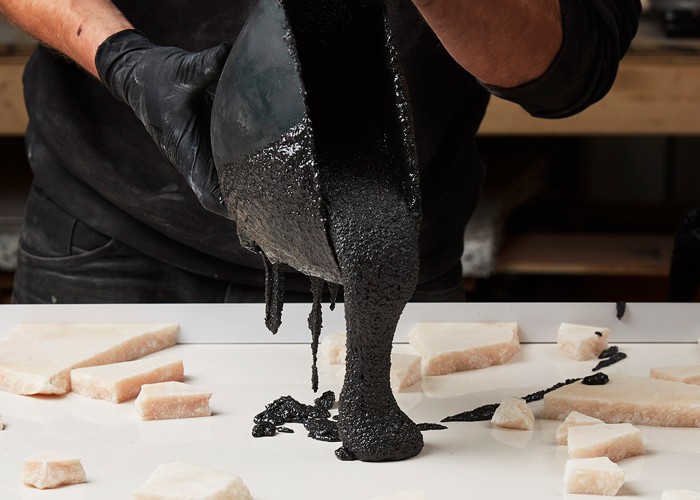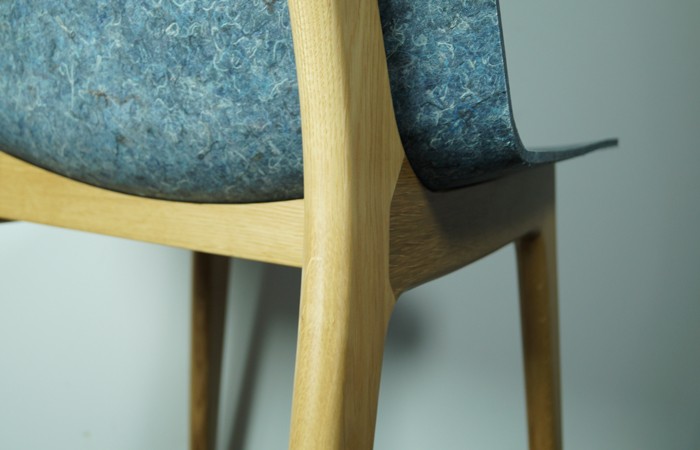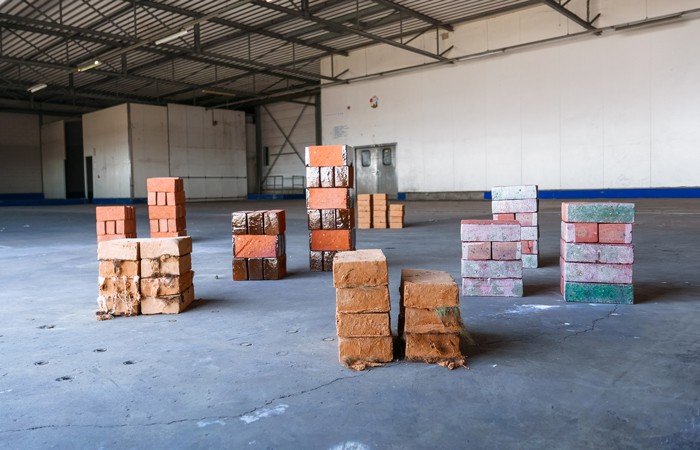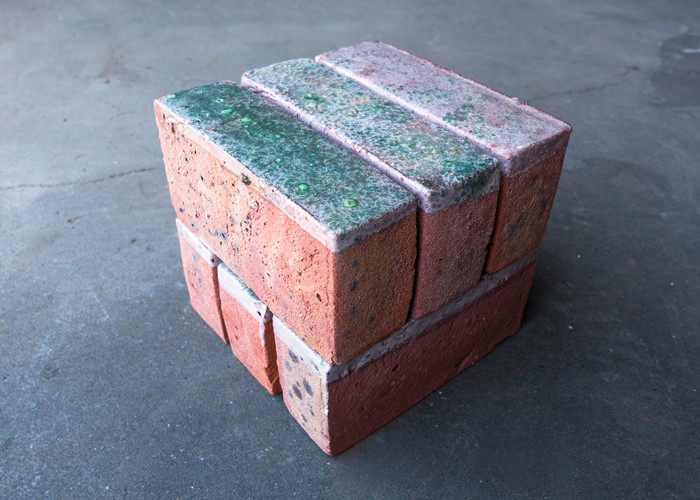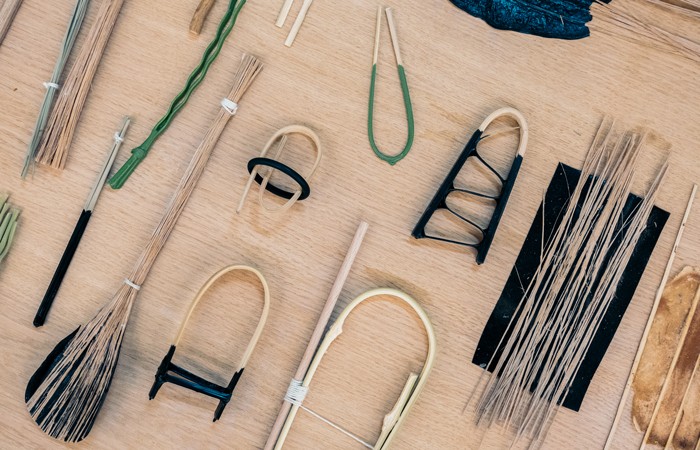Material Explorations for 2019
Having ushered in another new year with a collective desire for new dawns, fresh beginnings and positive change perhaps stronger than ever before, it’s worth taking note of developments that are occurring in the world of materials; they are after all the building blocks of our physical world.
Altrock is material that looks back in looking forward; creating a new form of terrazzo for the 21st century. Some of the earliest known examples of the material stem from the Romans; who used fragments of natural stone and pottery to construct floors and pavements. Whilst the material went full circle in terms of popularity in the 20th century, with a burgeoning in usage being followed by an over saturation, it has experienced a recent spike of interest with designers being drawn in by it’s irregular and unique pattern and graphic sensibilities. The random beauty of terrazzo is prominent with Altrock and is achieved by hand placing varying size and shaped pieces of marble into a mould before pouring over a mixture of marble flour and resin. Once set you are left with an entirely unique slab that can be used to make furniture, worktops, wall coverings and bathroom surfaces. But Altrock wouldn’t be an authentically 21st century material were it not conscious of where the raw materials come from and in its case, some 87% of the material (all the marble) used in it’s creation is recycled.
Design collective Planq also up-cycle waste in the creation of their new mouldable material. Recognising the burgeoning issue of textile waste in the fashion industry, the enterprising trio from Amsterdam have invented a new material made from old jeans, work-wear and army uniforms. Rezign is the fruit of their labour; a furniture line that includes tables, chairs and stools that offer new meaning to ‘tailor made.’ Over-stock and waste clothing are shredded with the fibres being spun together to form webbed sheets that are then pressed to form rigid and formable surfaces. What’s more, Rezign products can themselves be recycled at the end of their usage, thus closing the loop.
Ellie Birkhead’s project Building the Local, carried out during her studies at the prestigious Design Academy Eindhoven, is both a reflection and reaction to the threat that globalization carries for small-scale industries. Drawing focus from traditional manufacturing industries of the Chiltern Hills, Ellie found herself endeavoring to examine and reignite the fading practice of brickmaking. Recognising the significance of the interrelationships that are created by and essential to craft-based industry, she set out to connect the last brickyard in the region with other local industries, including farms, breweries and hairdressers. Once again, waste is at the heart of the idea with horse manure, hair, wool and spent grain being mixed with clay to create new bricks and straw ash and waste glass being utilised to create a new form of glaze and with it, colour on the surface of the bricks.
Over in France, the conversion of waste and future proofing of sustainable design is taken very seriously by the think tank Atelier Luma. Based in Arles in the South of France, the program is part of the Luma Foundation and looks locally when sourcing resources, materials and know-how to fuel it’s production workshop. One of the key questions that drives it is “Can waste become a alternative source of income?” This has led collaborations with designers such as Thomas Vailly who helped to produce Sunflower Enterprise, a project that explores the potential bio-plastics made from the leftovers of sunflowers once farmed for their other useful resources. A bio-laboratory is also in production, one of its aims being to harness the potential of locally grown bio-materials, notably algae. The Algae Lab project with the Studio Klarenbeek & Dros, which grabbed people’s attention during Dutch Design Week last October, has already successfully created a 3-d printable alternative to oil-based polymers using algae and biopolymers. The Uprooted project by Sammy Rio examines whether invasive plant species, particularly those found in the Arles region, can be transformed into fibres, waxes or resins and thus turned into useful textile and composite materials.
Surely such forward-thinking approaches are essential in the collective generation and development of our material resources in the very near future? If so, research, space to work, to think and with it, financial backing are absolutely paramount.





